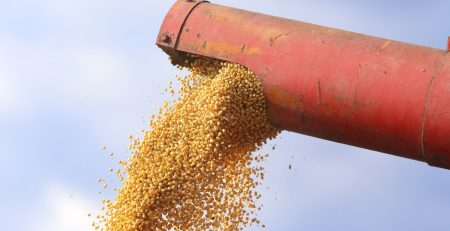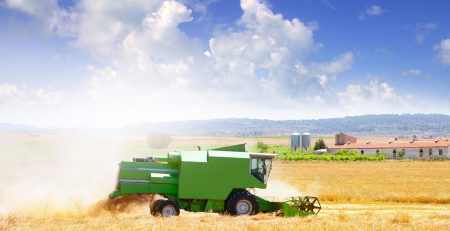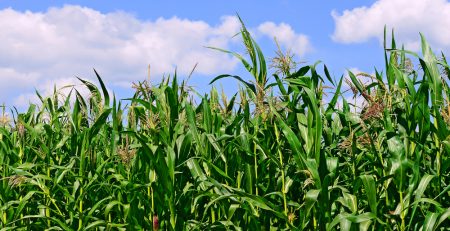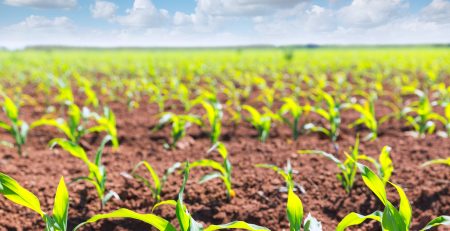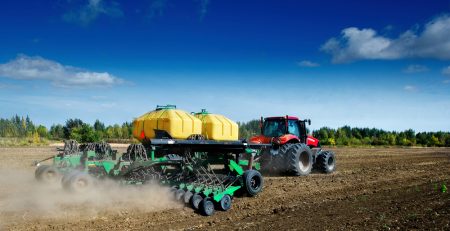Electricity Will Shape Future Farms
Advances in electricity technology seldom focus on agriculture. This is to be expected for our industry that contributes less than 1% of GDP. The actual impact on us of these seemingly unrelated developments, however, could be considerable.
For example, large farm buildings cry out to be covered in photo-voltaic (PV) cells, which continue to plummet in price. At the same time, sheds offer room for large batteries to store energy. With or without sellback rules, we could be paying our electricity supplier less. Coupled with a serious generator, farms could lead grid exiting. Throw in ever more efficient electrical devices, such as LEDs, and the already flat electrical consumption curve will turn down.
Despite the hype, the energy model marketed by Tesla is not all science fiction. Their enormous battery factory exists and is pumping out thousands of lithium-ion units this year. The greatest threat to the success of this venture is cheaper, better batteries from China. As prices for electric vehicles (EV) drop and battery range increases, the entire sun-to-road scheme is not just feasible but dominating.
Meanwhile, John Deere rolled out an electric tractor to deserved skepticism. Like trucks, farm equipment poses adoption barriers orders of magnitude greater. Viewed with farmer myopia, the consequences of EVs are easily discounted.
Power Players. The impact will be felt not in how farmers use this technology but in the actions of the rest of the global economy. For example, while farmers are unlikely to rush to buy electric vehicles, what happens when cars like the Tesla S make up even 10% of vehicle sales? Few Americans are faced with our distance and power needs. Commuters could be bypassing gas pumps more rapidly than we imagine.
Switching from a car with about 10,000 moving parts to one with 150 means far less maintenance and repair. Electric vehicles are also more adaptable to autonomous operation, regardless of that timeline. The automobile infrastructure—including dealers, repair shops, gas stations, etc.—will all be slimmed down. Those of us who still need diesel power and maintenance could see fewer and more expensive sources. On the bright side, low demand for fuel could drop those prices.
Which leads to another side-effect of solar-to-road: ethanol demand. How many Bolts would it take to make gasoline consumption curve down? The short answer: a lot. The better question is how fast we could get there. While currently only 0.1% of auto sales, the present growth rate of 60% per year suggests the upcoming decade of the ’20s will resolve forecast disputes. Trump energy policy reversals make it unlikely the U.S. will lead this change. In fact, watch China: It will shape the future of cars, not the U.S.
Additionally, hardly a week passes without some government announcing a drop-dead date in internal combustion engine vehicles.
Myriad Drivers. This forecast is accelerating on continuing declines in PV, battery and car costs, all of which seem to be bets investors are taking. Nor will domestic politics control this transition. Even the loss of alternative energy subsidies could conceivably be helpful long-term, forcing the industry to economic independence already within reach.
Farmers have gone all in on mandated fuel for combustion-based vehicles as one of our largest corn markets. While we battle EPA on the Renewable Fuel Standard, any win could be short-lived if the gasoline market shrinks. In fact, consumers incensed by the ethanol mandate for any reason have a viable alternative to demonstrate their opposition: drive an EV.
Politics, not probabilities, will prohibit many farmers from considering these possibilities. But as one car company after another devotes more resources to EVs, the direction of change is clear. And it points away from fossil fuels.
Content within the Farm Journal Forum is the property of Farm Journal, Inc and protected by copyright.

